Kashrus Kurrents Winter 2018
INTRODUCTION
The Torah forbids the wearing of a garment made from tzemer (wool) and pishtim (linen) together. There are two pesukim in the Torah that refer to Shatnez. It states,1 “Ubeged kilayim shatnez lo ya’aleh alecha,” a garment composed of a mixture which is Shatnez should not be draped upon oneself. We find a different expression of this same mitzvah, “Lo silbash shatnez tzemer uphishtim yachdav2 – Do not wear shatnez, wool and linen together.” Chazal tell us that these two pesukim complement one another. In Devarim, the Torah forbids actual wearing of Shatnez – levisha, whereas the Vayikra prohibition of Shatnez includes he’elah – draping Shatnez over one’s body. The Gemara3 explains that draping is prohibited only if it is done in a way which is similar to wearing, i.e., where some benefit is derived from the Shatnez such as being covered […]






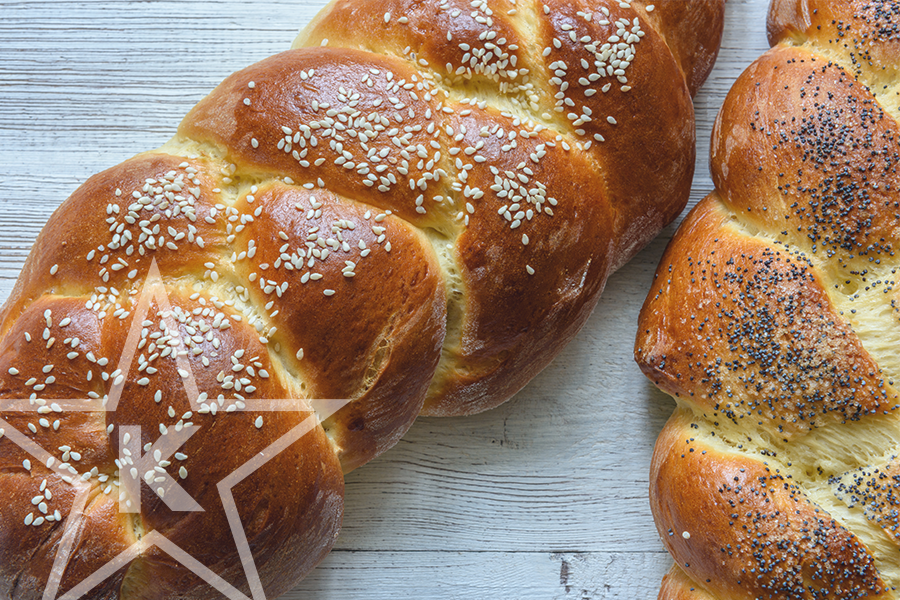
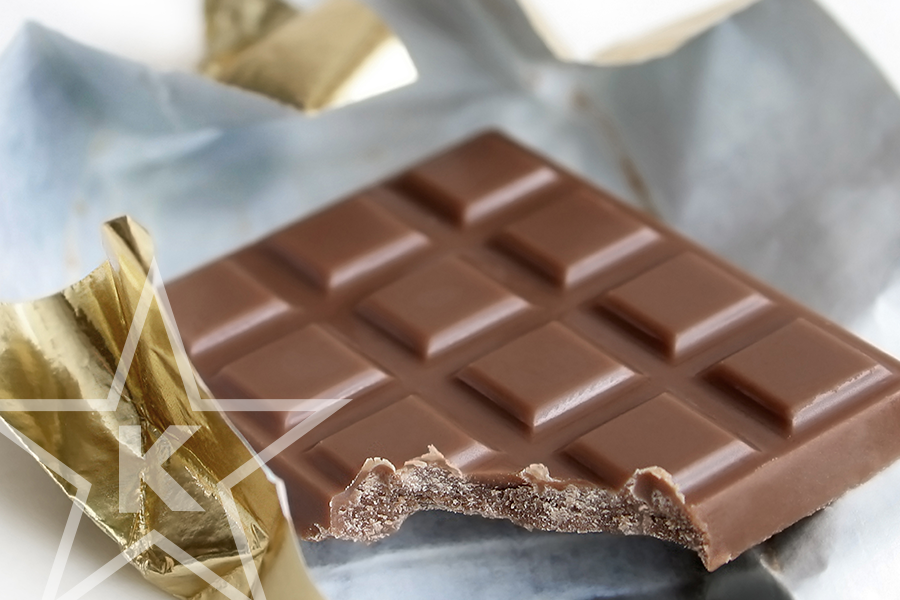


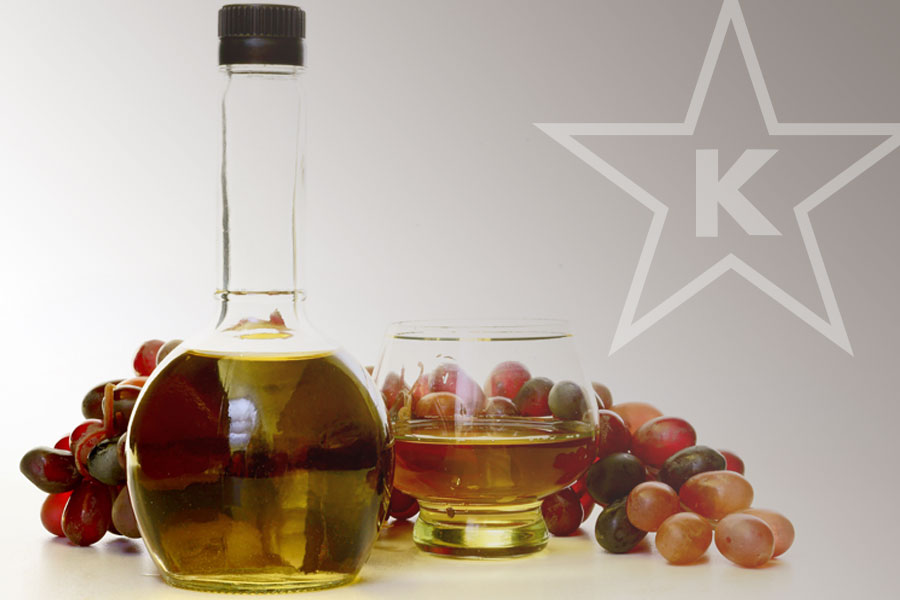

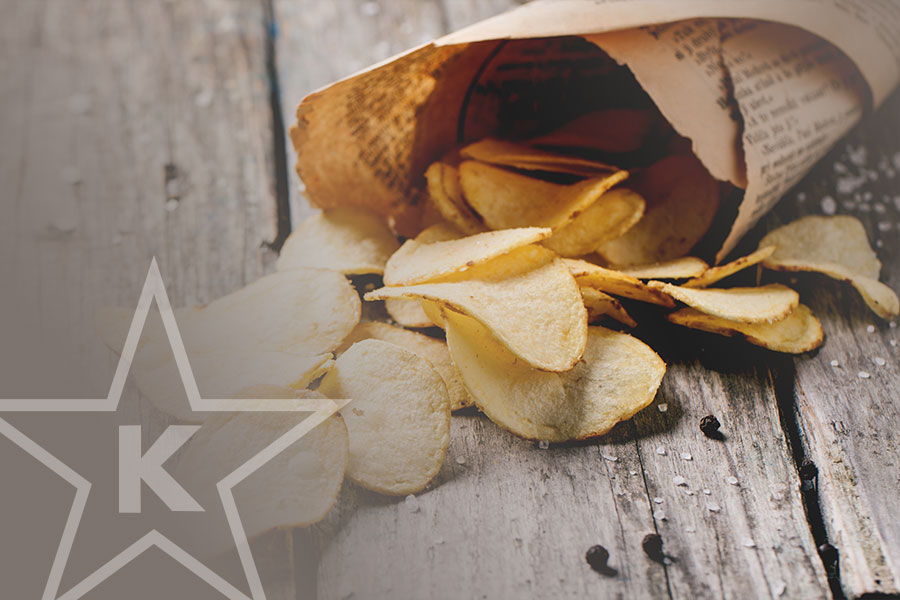

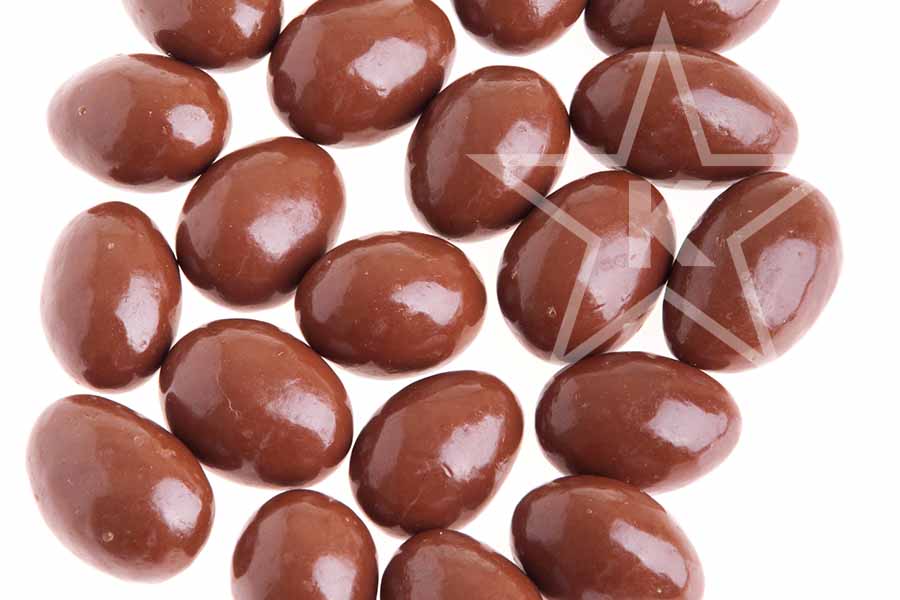
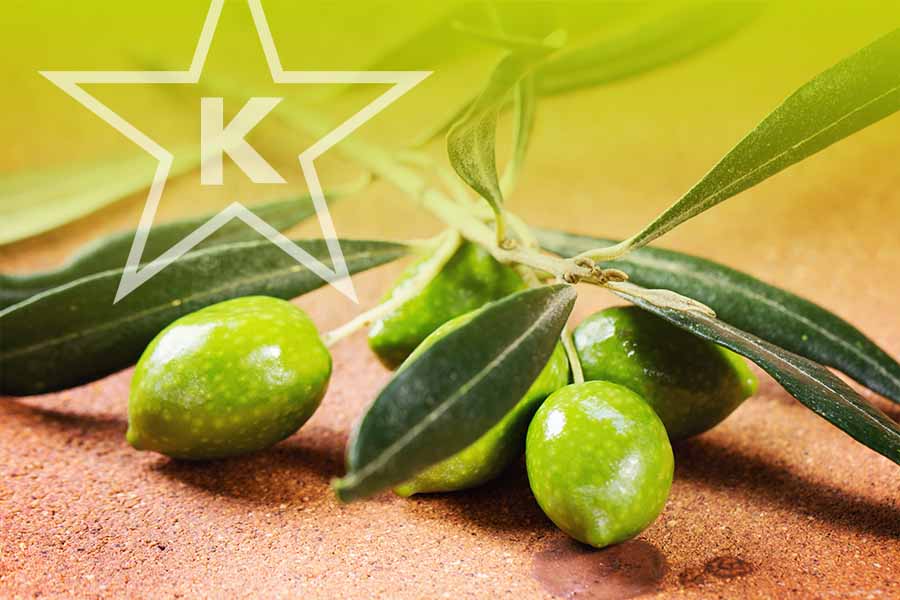

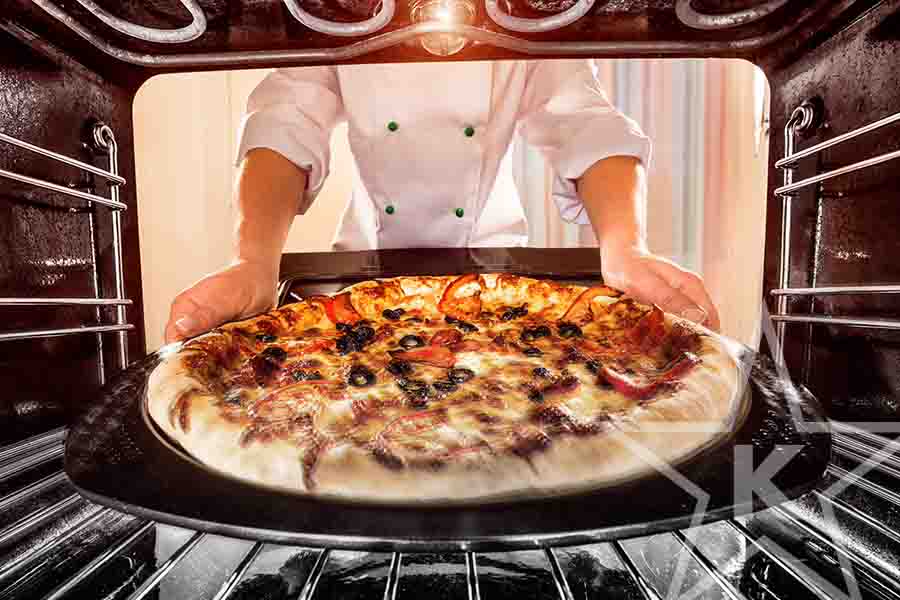



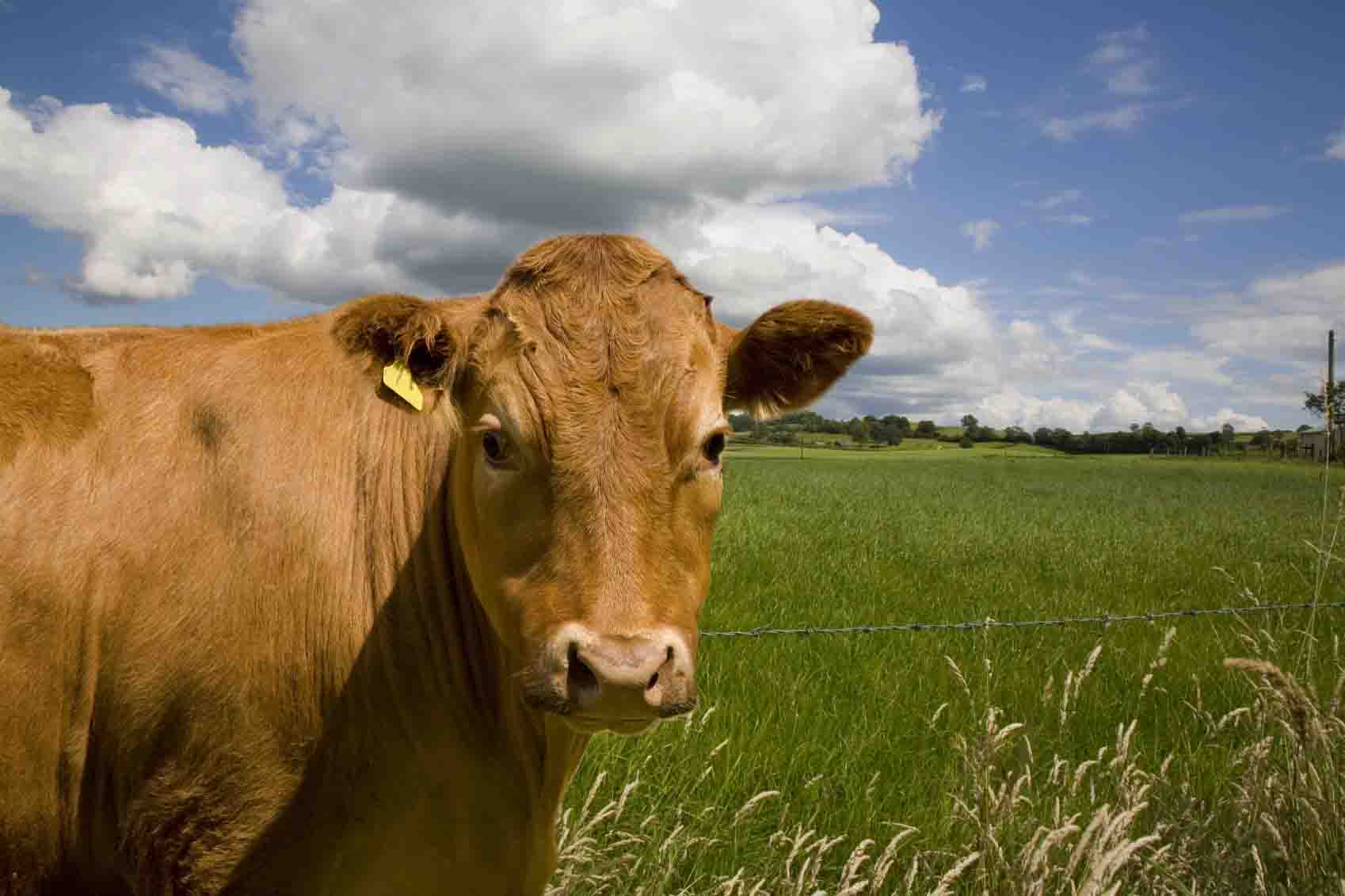
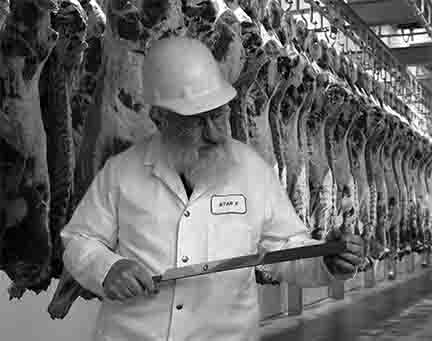



 STAR-D
STAR-D STAR-S
STAR-S